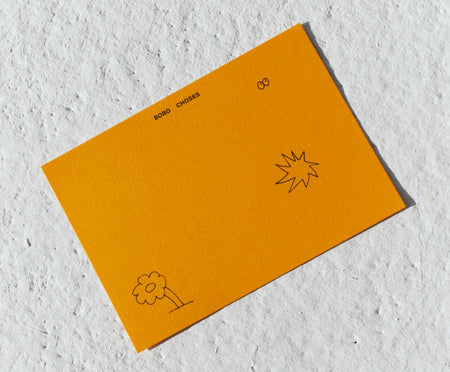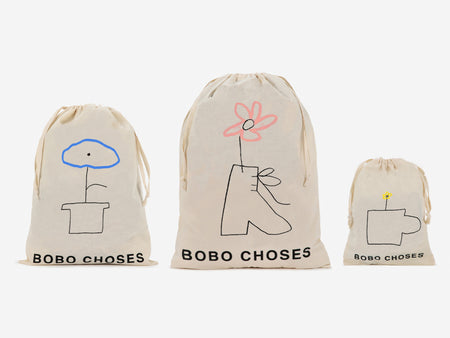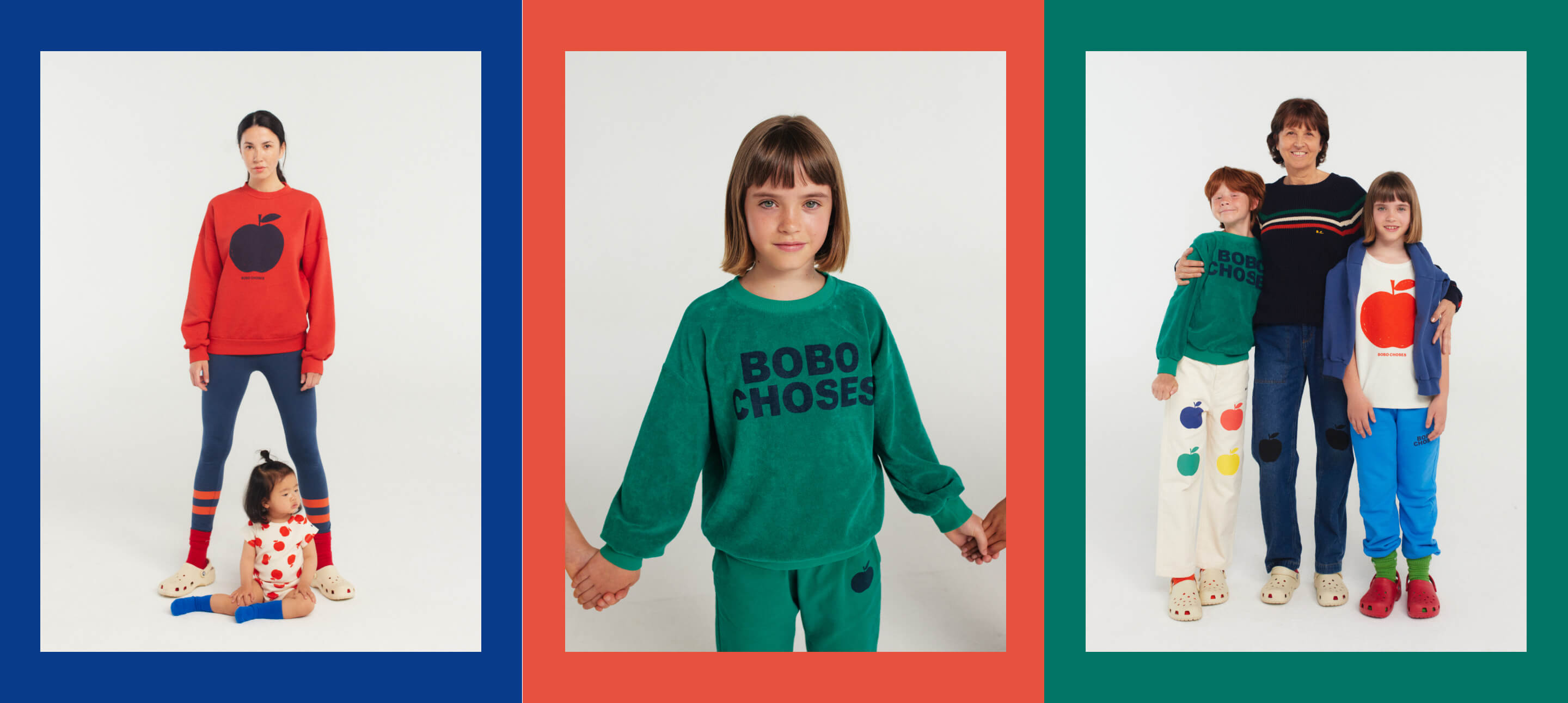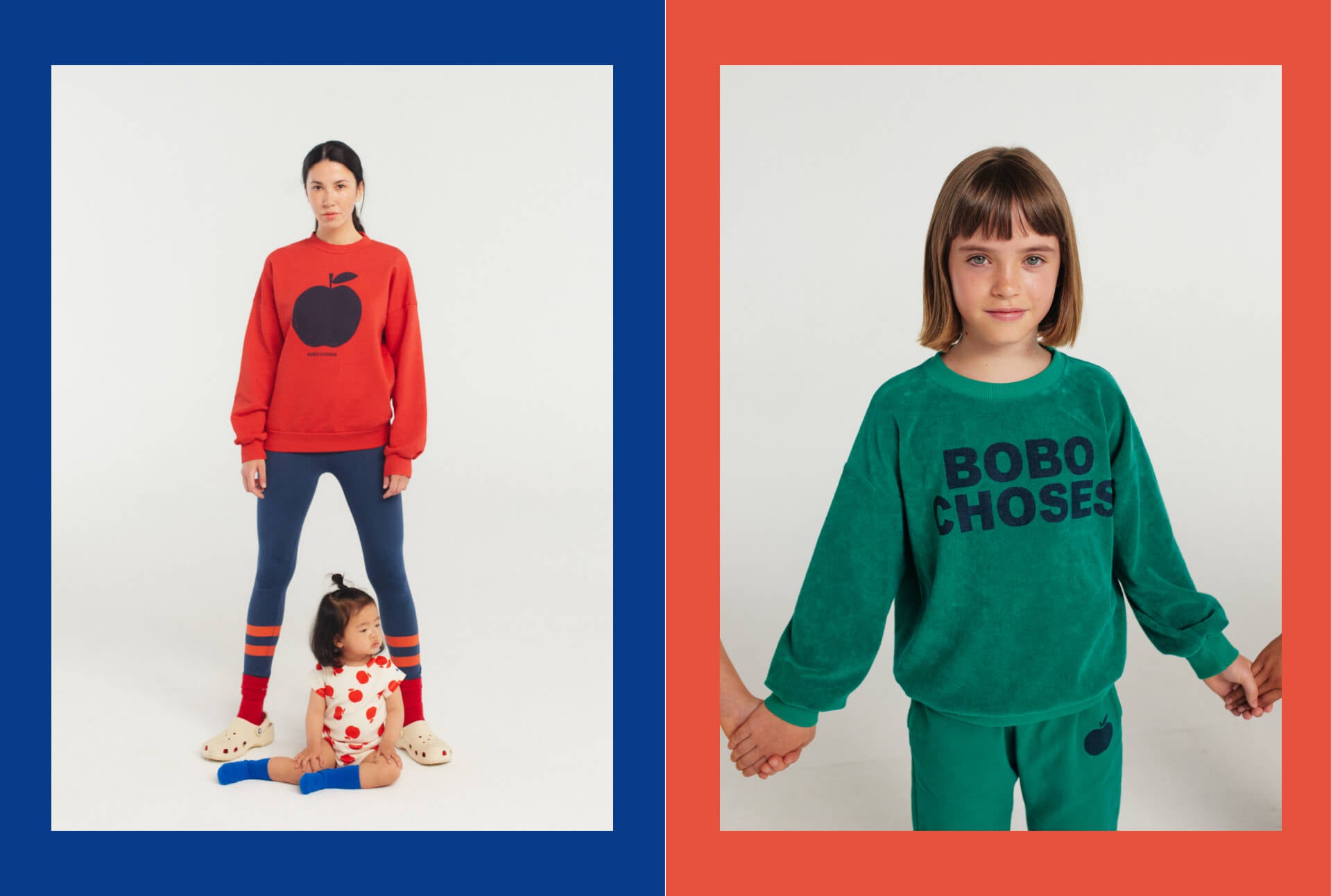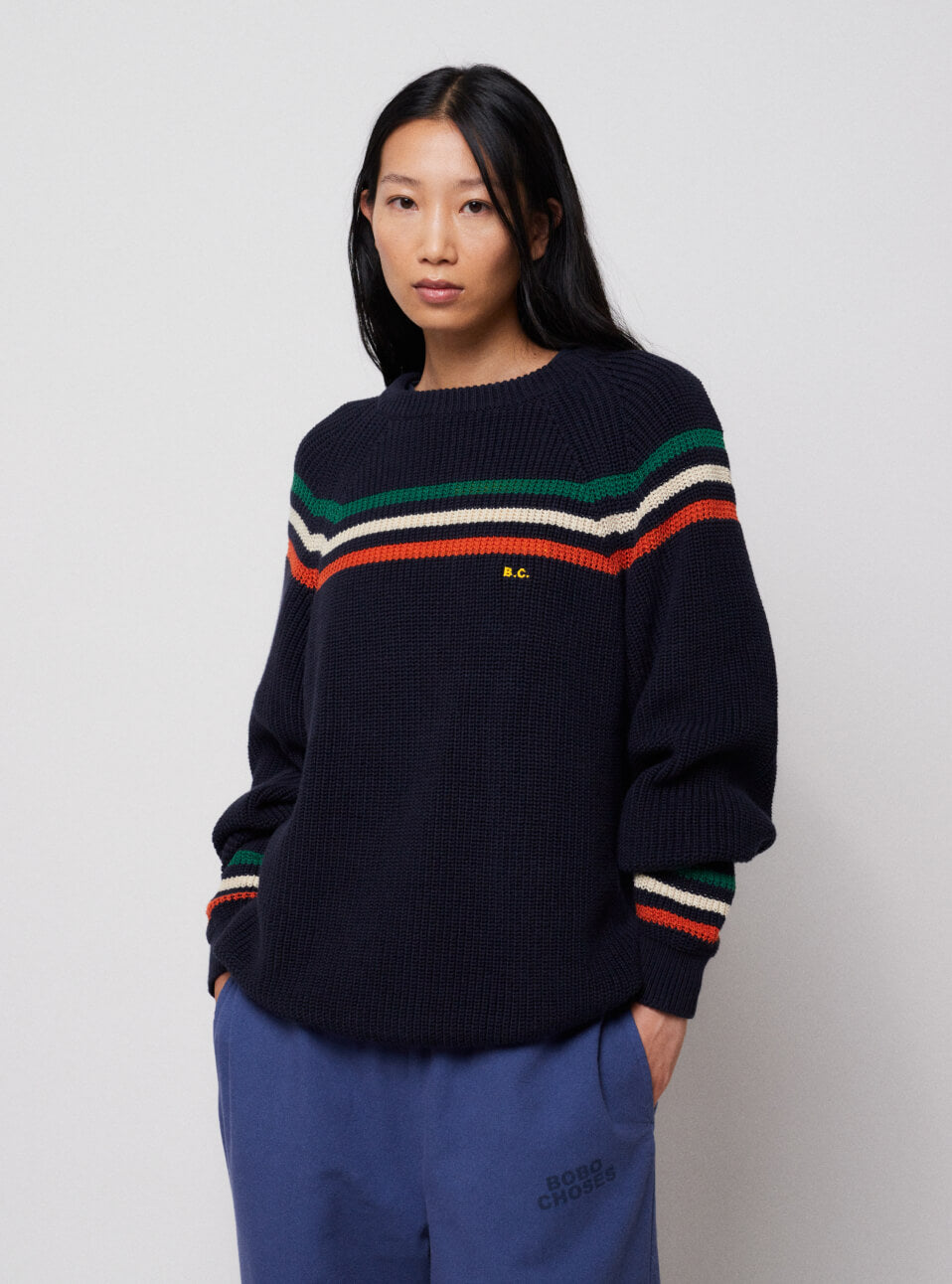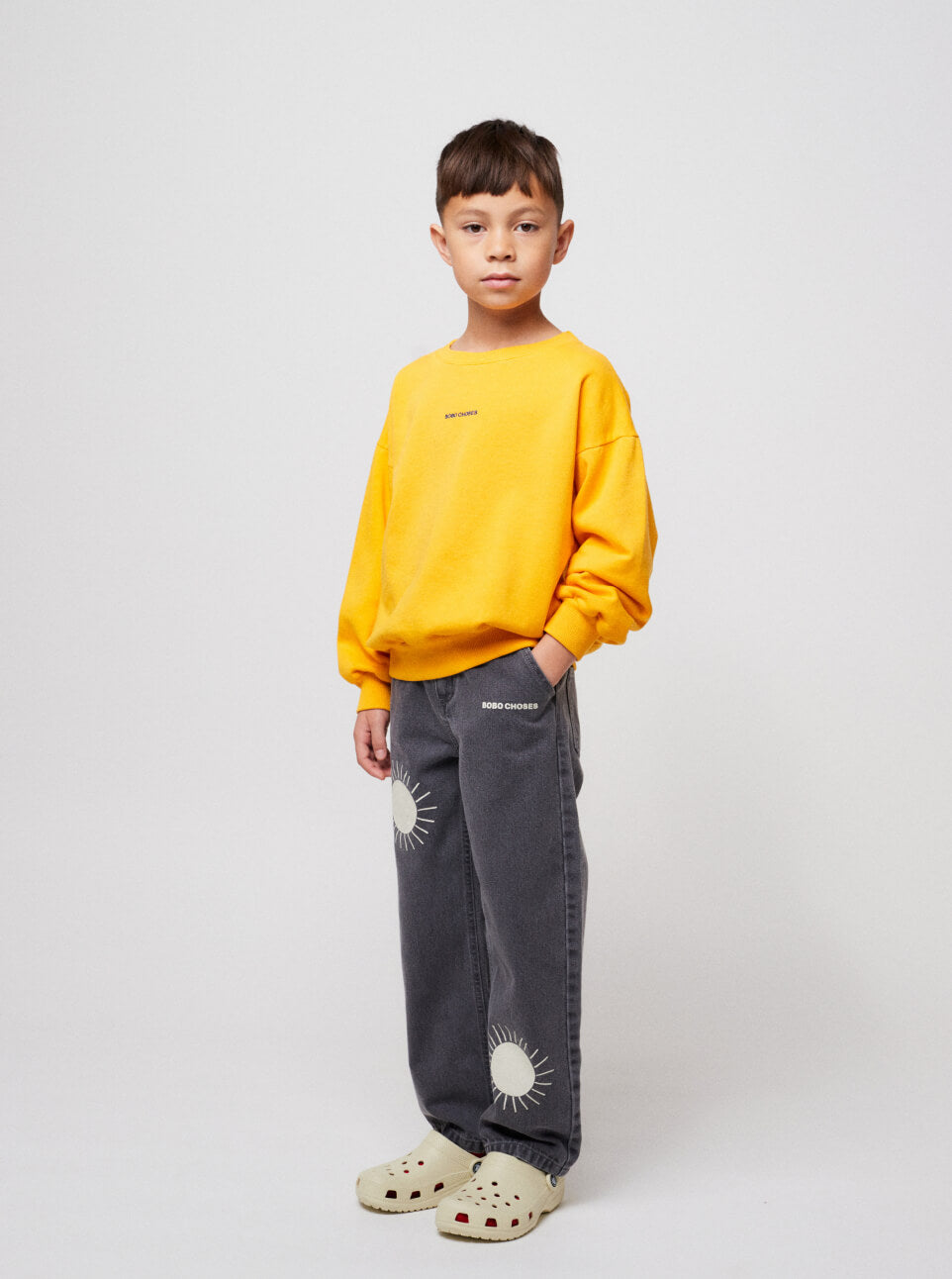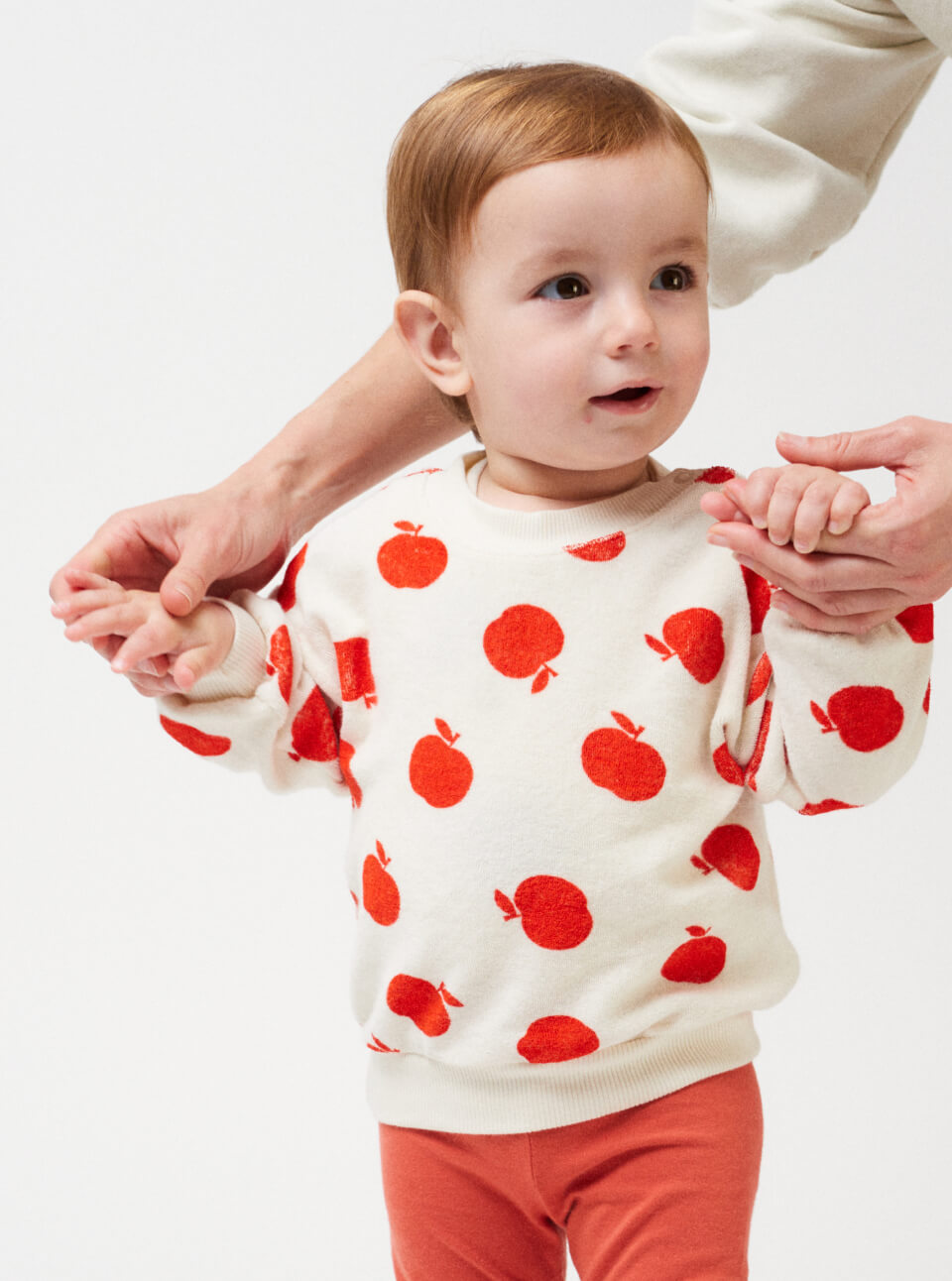A Bobo Choses ens preocupem pel futur, les persones i el planeta, un amic que no parla però que cal escoltar. Constantment explorem i experimentem noves maneres de construir un futur millor. La creativitat i la diversió són la nostra font d’inspiració, i cada dia ens porten a descobrir innovacions més responsables per garantir que el món que compartim avui serà gaudit per les generacions del futur.
LA CREATIVITAT ÉS EL PUNT DE PARTIDA PER A UN MILLOR DEMÁ
Es troba en el centre del nostre mindset, guiant cada detall del nostre treball, sent part de la nostra filosofia des del primer dia i inspirant-nos constantment a explorar nous universos d'idees.
TORNEN ELS TEUS FAVORITS
Amb Iconic Collection recuperem part dels nostres 15 anys d'història: els vostres dissenys favorits optimitzats amb innovacions responsables i el valuós coneixement adquirit al llarg d'aquests anys. Aquestes innovacions arriben per a quedar-se, incorporant-se progressivament a les nostres col·leccions com una part integral de Bobo Choses.
INNOVAR REQUEREIX TEMPS
Estem compromesos amb anar millorant pas a pas, buscant contínuament noves maneres d'introduir innovacions que contribueixin a construir un demà millor. Cada dia explorem, investiguem, juguem, experimentem i treballem amb les nostres mans, descobrint noves optimizacions.
DESCOBRINT LES INNOVACIONS
Aquestes són les innovacions implementades, continuem investigant i experimentant i n'arribaran més abans del que t'imagines!
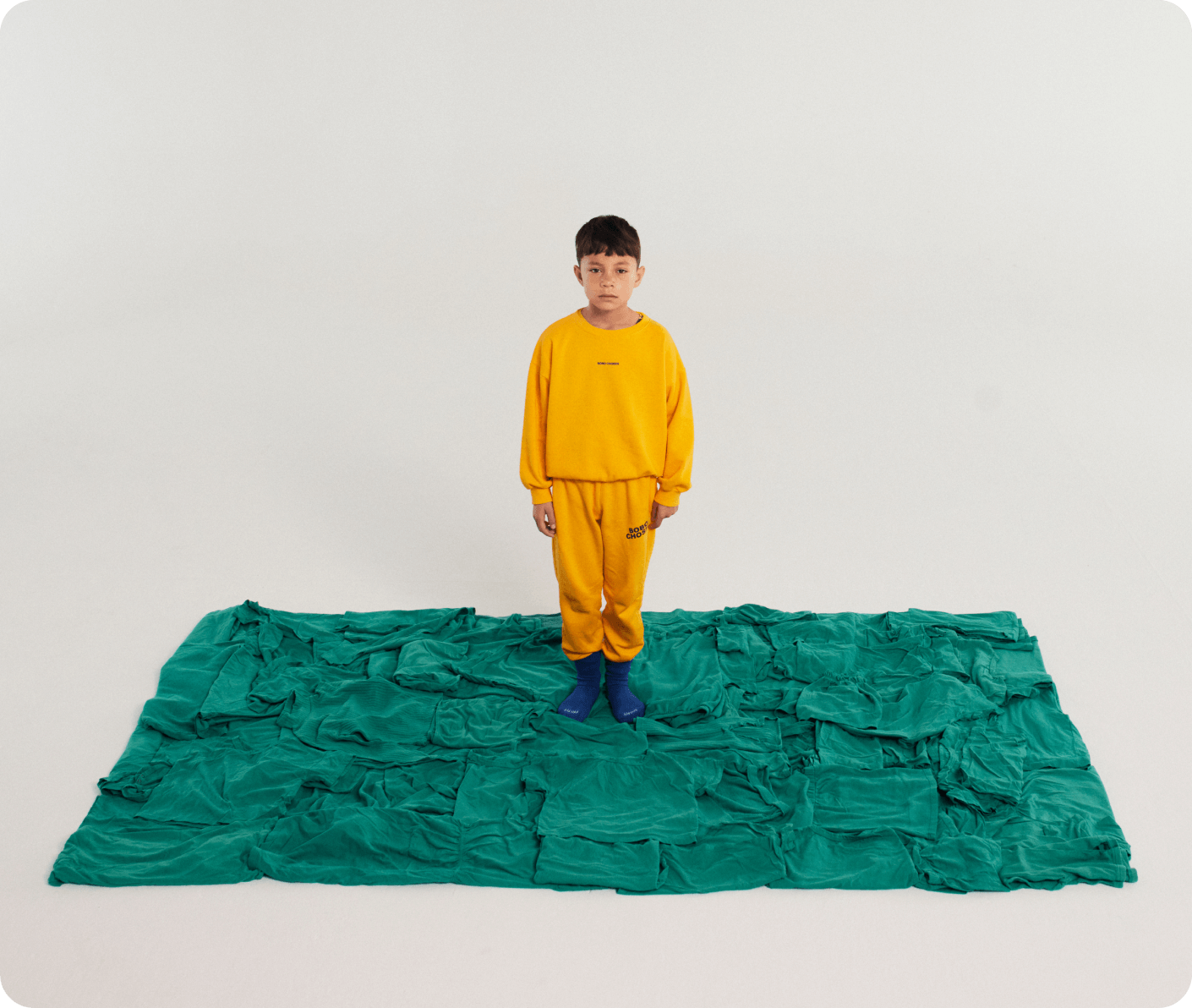
RECYCROM
A revolutionary technology by which dye powders and printing paste are obtained from textile remnants that can be infinitely reused.
How is it made?
Through a sophisticated process, waste textile production scraps are collected, re-processed and transformed into dye powder. From these powders, a palette of bright and dark colors can be generated to dye fabrics, or even to make printing paste.
Why do we do this?
— Can be applied to a wide range of fibers.
— Contain a minimum of 65% textile waste from pre and post-consumer materials.
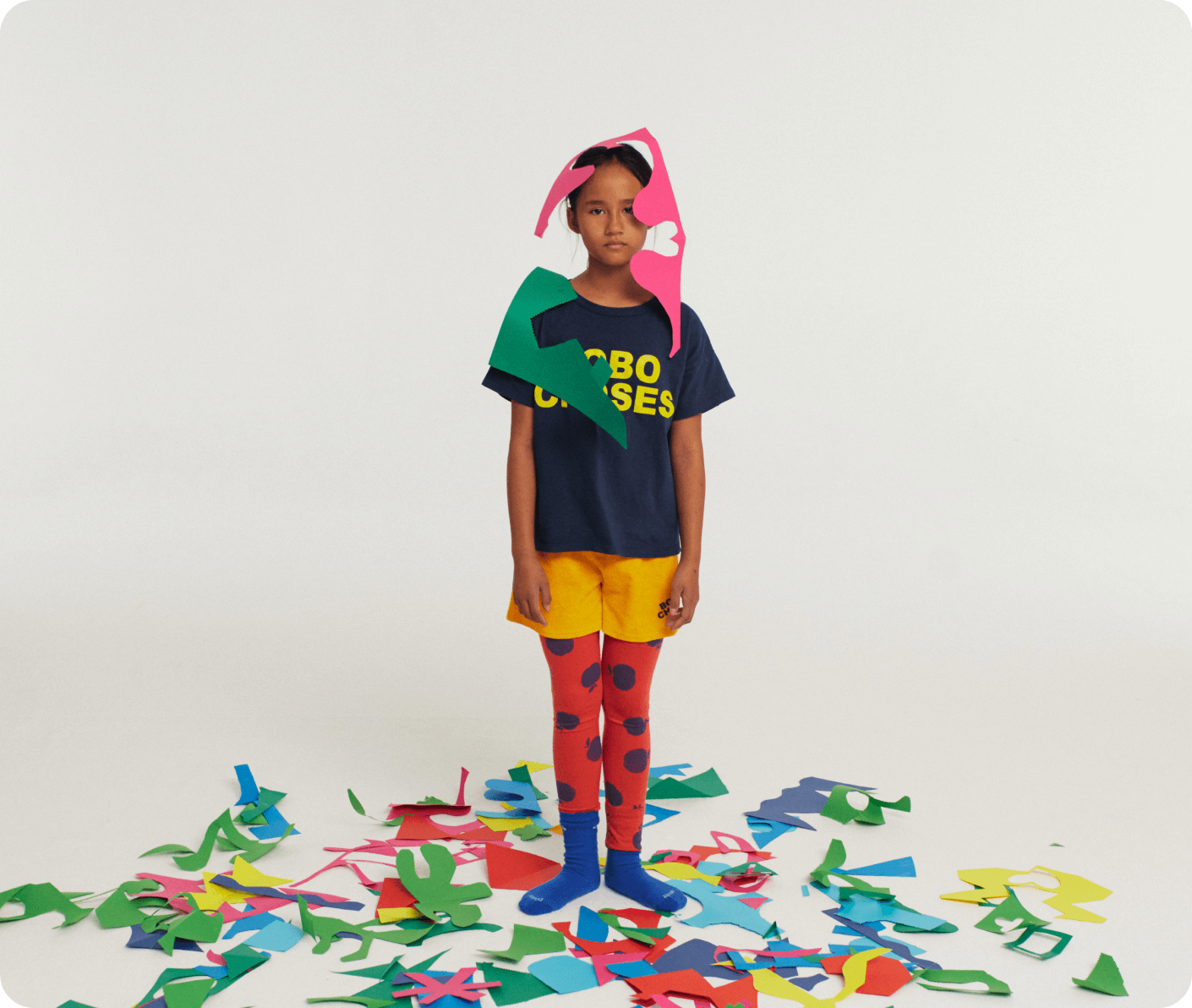
PYRATEX® Seacell 14
Jersey made with organic cotton, seaweed - based fibre and elastane. Responsible process that only uses the regenerable part of the plant.
How is it made?
The seaweed is harvested from the fjords of Iceland using a gentle process that allows the plant to naturally regrow. The seaweed is then dried and added to a wood pulp solution, resulting in a soft fiber. This seaweed-based fiber is then blended, spun and knitted into a soft fabric that retains the natural skin-caring properties of seaweed.
Why do we do this?:
— Saves energy and natural resources.
— Eliminates free radicals.
— Benefits the skin with amino acids, vitamins and minerals.
— Anti-Irritation.
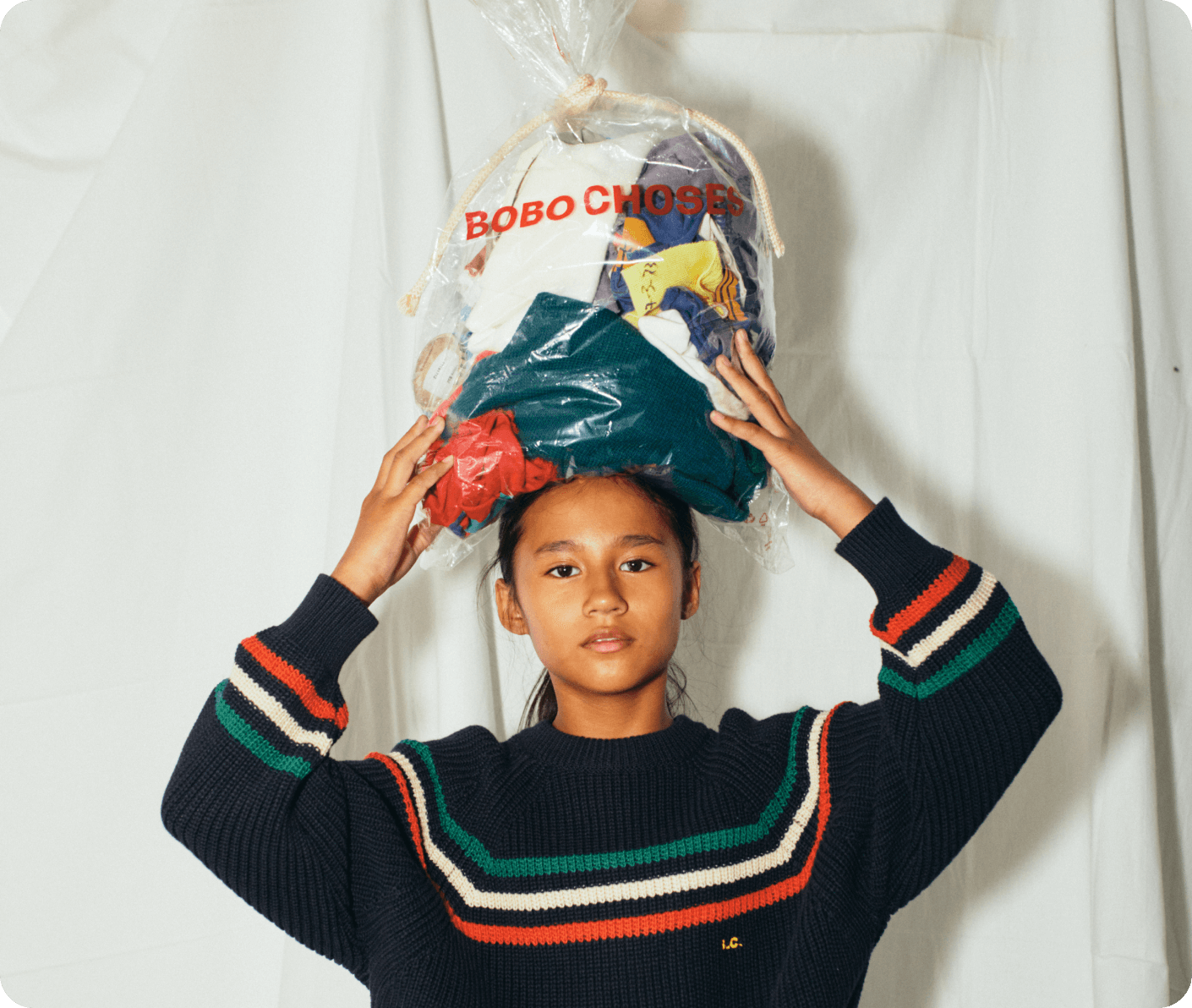
CIRCULOSE®
By extracting cellulose from textile production waste, new circular fabrics are produced.
How is it made?
Discarded textiles are collected from production leftovers. This material is shredded, discolored, and turned into a kind of sludge. Contaminants such as polyester are removed, and it is converted into a biodegradable organic polymer in paste format. It is then dried into sheets that are packaged into bales to be converted back into fibers. And so on in a loop.
Why do we do this?:
— Manufactured through 100% renewable energies.
— Less virgin resource extraction.
— New gen material with high quality and look and feel.
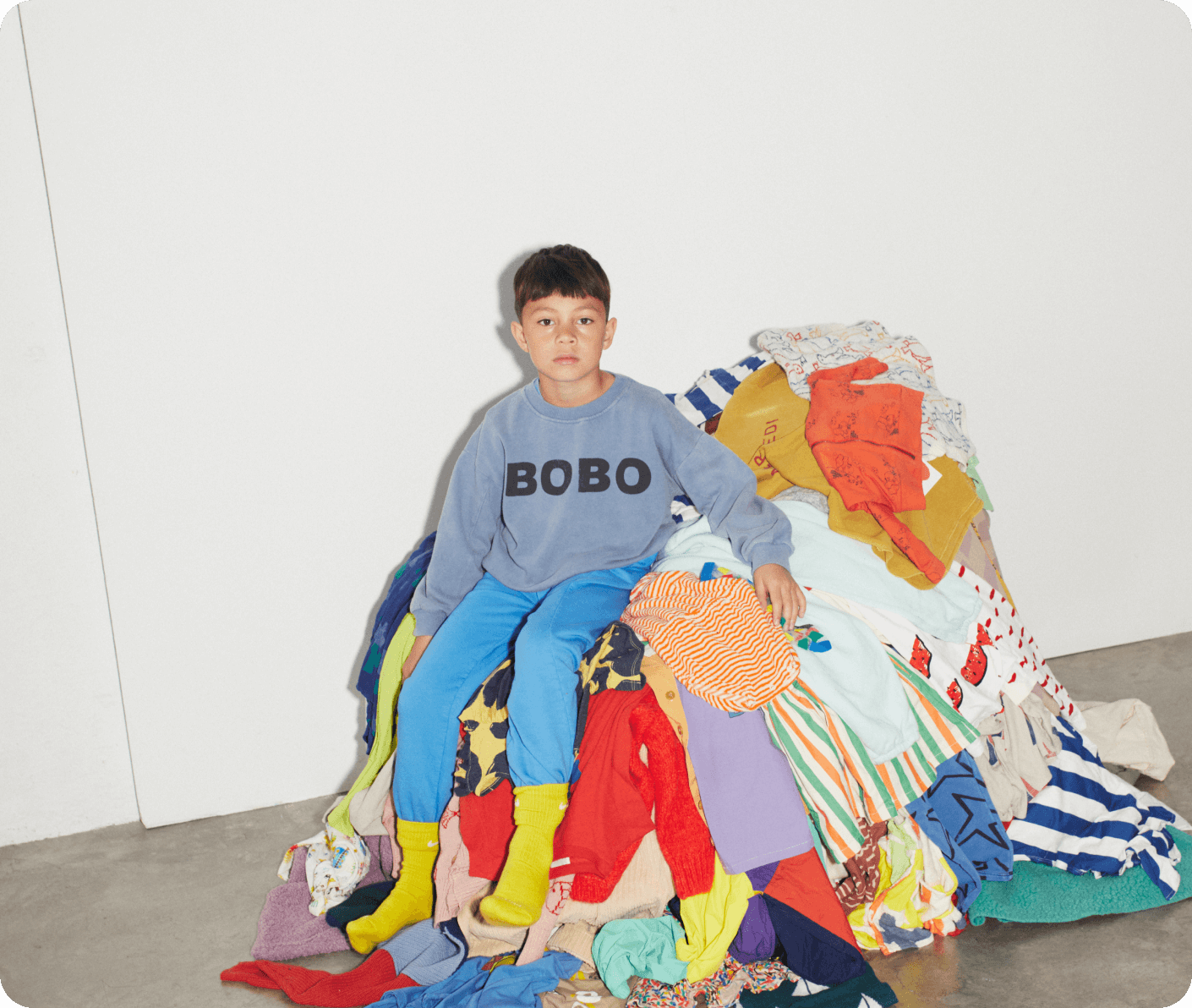
RECYCLED COTTON
By recycling our production waste, we obtain a new type of shredded cotton staple fiber, known as GRS Post-Industrial Recycled Cotton.
How is it made?
It begins by collecting all the cutting waste from our workshops and feeding it into a shredding machine called “Diabla”, which converts this waste into fiber. This material is mixed with at least 50% virgin organic cotton in the spinning machine and then used to generate new flat or circular knits.
Why do we do this?:
— High strength.
— High quality.
— Soft touch.
— Responsible reuse of waste.
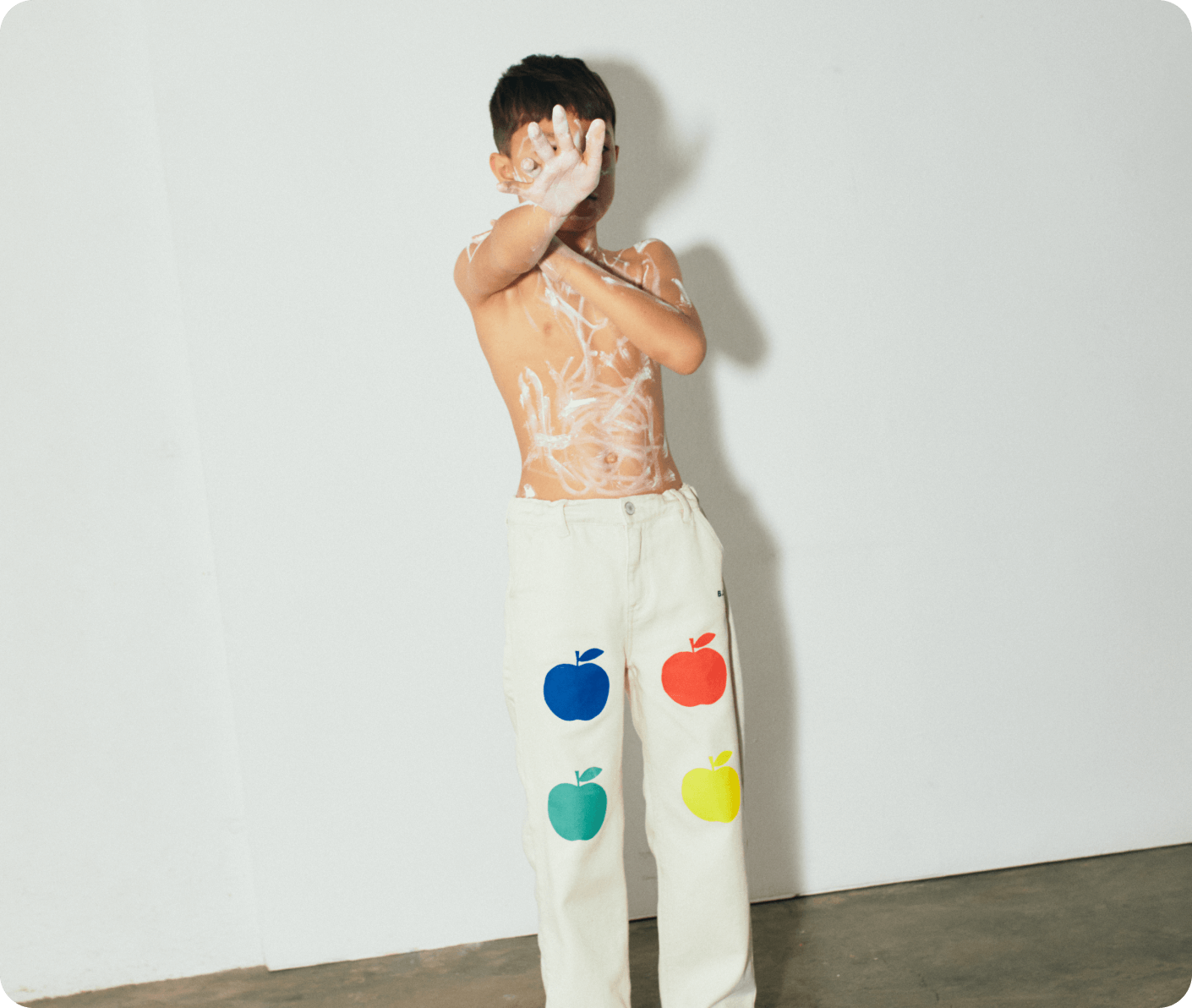
NATURDYE
An innovative renewable dyeing process, based on pigments extracted from plant leaves and non-edible nut shells.
How is it made?
Organic waste from walnut shells, which are usually discarded, are crushed to extract colorant that will end up as a natural dye. This not only reuses agricultural waste and natural herbs, but also avoids negative impacts on the environment. This type of process can generate high quality dyes that do not fade with washing.
Why do we do this?:
— -20% water consumption.
— -40% energy consumption.
— Colors that last longer
— Renewable
— Reduced carbon emissions
Direcció d'art: Bobo Choses; Fotografia: Julia Quintana; Vídeos: Lucho Torres i Elisa Marzano; Estil: Mafer Navas; Assistent d'estil: Victoria González; Peinado i maquillatge: Ana Sánchez; Asistente de maquillatge: Maryam Blanco; Producción: Mercè Dauder
